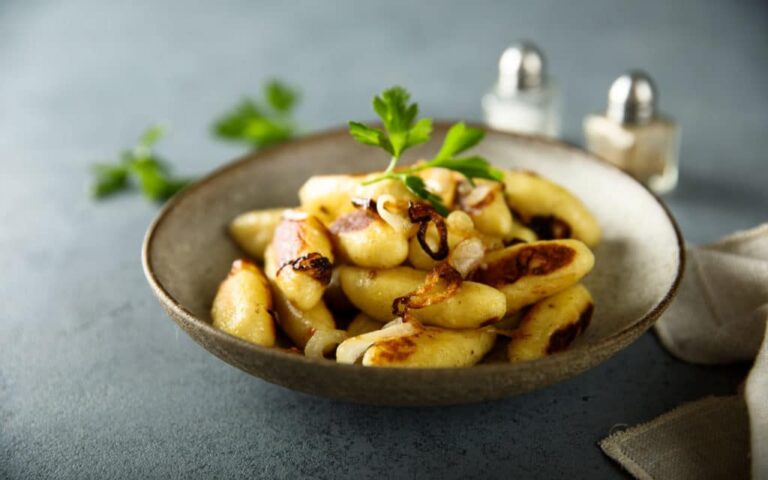Introduction: Lithuanian Cuisine
Lithuanian cuisine is a mix of traditional peasant fare, with influences from neighboring countries like Poland, Russia, and Germany. It is a hearty and filling cuisine that reflects the country’s agricultural roots, with dishes featuring potatoes, meat, and dairy. Lithuanian cuisine is not as well-known as other European cuisines, but it has a unique flavor and character that is worth exploring.
The Importance of Regional Cuisine
Like many countries, Lithuania has a diverse range of regional cuisines, each with its own unique dishes and ingredients. Regional cuisine is an important part of Lithuanian culture and identity, reflecting the local environment, climate, and history of each region. In recent years, there has been a renewed interest in traditional Lithuanian cuisine, with chefs and home cooks alike rediscovering old recipes and ingredients.
Lesser-Known Lithuanian Ingredients
Lithuanian cuisine is rich in ingredients that are not commonly found in other European cuisines. Some lesser-known ingredients include:
- Rye bread: Lithuanians are known for their love of rye bread, which is a staple in their diet. It is often used in dishes like cepelinai, a type of potato dumpling.
- Buckwheat: Another staple in Lithuanian cuisine, buckwheat is often used in porridge and kasha.
- Birch sap: A refreshing drink that is harvested in the spring, birch sap is used in various dishes and drinks.
- Caraway seeds: Used to flavor bread, sausages, and cheese, caraway seeds are a common ingredient in Lithuanian cuisine.
Regional Dishes: From Aukštaitija to Suvalkija
Each region of Lithuania has its own unique dishes and specialties. Here are some examples:
- Aukštaitija: This region is known for its potato dishes, including cepelinai (potato dumplings) and kugelis (potato pudding).
- Žemaitija: This region is known for its smoked meats, including kumpis (smoked ham).
- Suvalkija: This region is known for its cabbage dishes, including balandėliai (stuffed cabbage rolls).
- Dzūkija: This region is known for its mushroom dishes, including grybukai (mushroom pastries).
Discovering Lithuanian Cuisine Through Travel
One of the best ways to discover Lithuanian cuisine is to travel to the country and try the regional dishes for yourself. You can also attend food festivals and markets, where you can sample a variety of dishes and ingredients. Some popular festivals include the Kaziukas Fair in Vilnius, which celebrates traditional Lithuanian crafts and cuisine, and the Potato Festival in Anykščiai, which features a variety of potato dishes.
Conclusion: A Taste of Lithuanian Culture
Lithuanian cuisine is a reflection of the country’s history, culture, and environment. From hearty meat dishes to delicate pastries, Lithuanian cuisine has something to offer every palate. By exploring the lesser-known regional dishes and ingredients, you can discover a unique and flavorful cuisine that is worth savoring.

